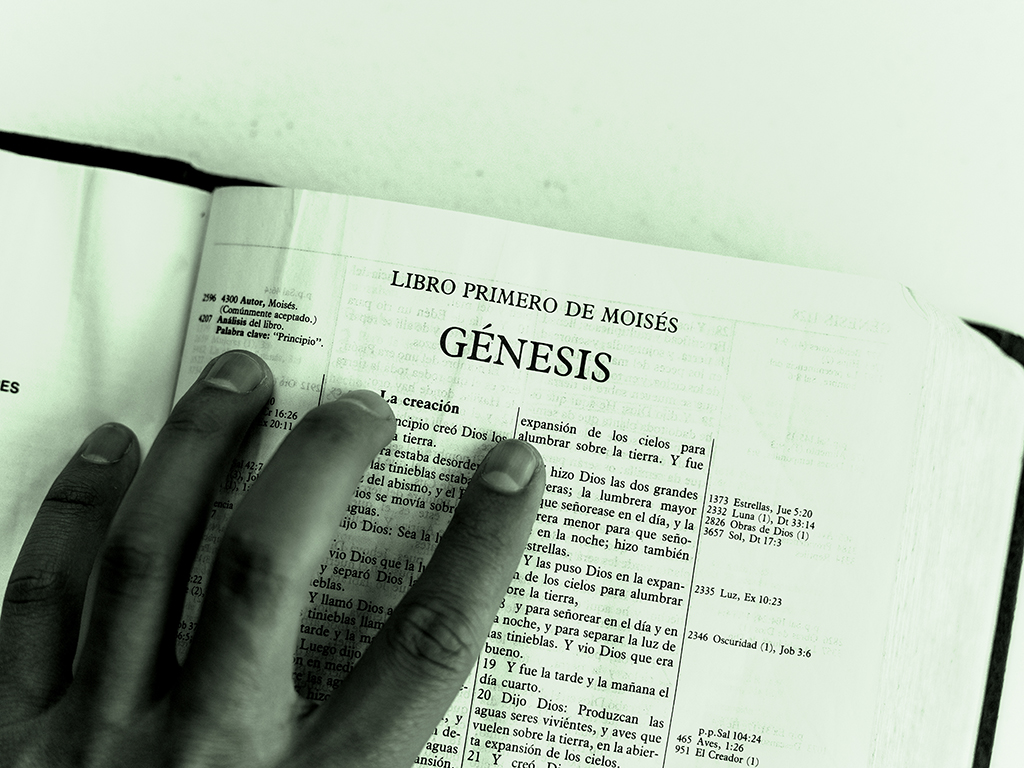Background In 1 John, John calls the believers back to a fundamental understanding that God is love. He reveals that God is love later in the book. The first issue that he addresses deals with a split or division between strongly opposed sections or parties, caused by differences in opinion or belief. The opposing ideology known as Gnosticism... Read More
2 Thess 1:1 – 12 identifies the Thessalonians receiving acknowledgment for their faith and love. In addition to their faith and love, they endure affliction. Verse 6 emphasizes God's vengeance upon those who afflict persecution. On the other hand, verse 7 places emphasis on the afflicted receiving relief from their persecutors. In both cases,... Read More
2 Thess continues Paul's discourse to the Thessalonians. Scholars have not determined the time span between the first and second letter. The structure of the second letter is similar to the first. Both letters contain an opening greeting, prayer-report, instruction on the Lord's coming, instruction for life in the church, and closing greeting. The... Read More
In 1 Thess 4:13 – 5:11, Paul responds to the Thessalonians' inquiry about the Lord's coming. Paul reveals a distinct contrast between those who believe and those who do not. For those who belong to Christ, Paul declares that they possess salvation through Christ. He identifies salvation as involving faith in the death and resurrection of Christ.... Read More
Paul's opening in 1 Thess follows his traditional pattern of addressing the recipients of his letters. His opening includes a greeting, thanksgiving, and prayer report. Paul, remembering the Thessalonians in prayer, attributes the effects of the gospel in the Thessalonians' lives. In verse 4, Paul asserts that God made their election sure or chose... Read More
1 Thessalonians 2:17 – 3:13 reveals Paul's address to the Thessalonians. Prior to Paul's address, the city officials evicted Paul and Silas from Thessalonica, due to their proclamation of Jesus being the Messiah. Paul now narrates their desire to return to Thessalonica. However, they endure Satan’s afflictions and are unable to return to... Read More
1 Thessalonians 2:17 – 3:13 identifies two contrary actions against faith. Paul begins this narrative by identifying his great longing to visit the Thessalonians. The Greek verb, ἐπιθυμία or great-longing occurs thirty-eight times in the New Testament. The verb is translated only two times, 1 Thess 2:17 and Phil 1:23 with positive... Read More
The narrative of Jesus feeding the five thousand exists in all four Gospels. John, however, provides more detailed information than the Synoptic Gospels. He identifies the Jewish Passover being near, Philip being perplexed over feeding the crowd, Andrew bringing the boy with food to them, the loaves being made out of barely, Jesus handing out food... Read More
Matthew 14:13-21 depicts Jesus feeding the five thousand. In this passage, Matthew identifies Christ challenging his disciples to faith in imitating him. His actions worthy of imitation involve his ability to meet physical needs. In meeting these physical needs, Matthew reveals Christ as the Messiah. Matthew demonstrates that Jesus'... Read More







